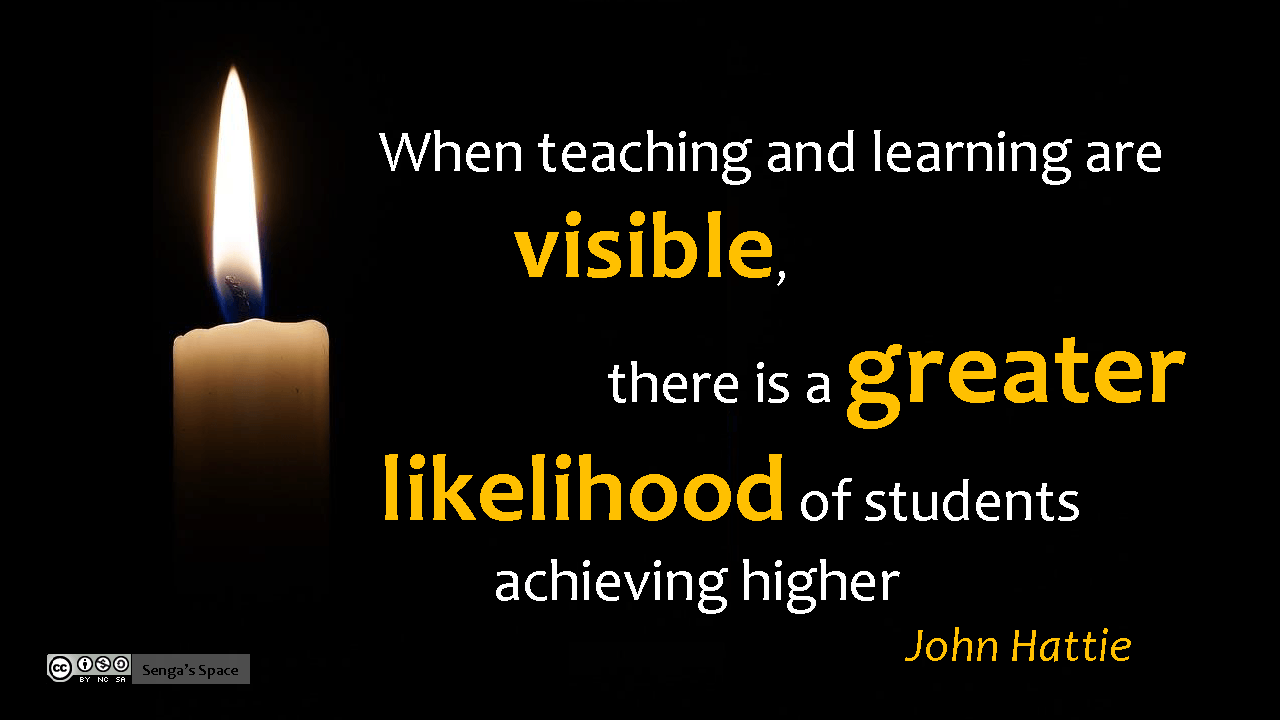Jessica Cross, science teacher at Southland Boys High School, shares her recent experience collaborating with her school librarian to develop students’ science literacy skills.
 Image by Senga White, Senga’s Space (CC BY-NC-SA)
Image by Senga White, Senga’s Space (CC BY-NC-SA)
It is fair to say that when I left teachers college three years ago, I had greatly underestimated how much focus there would be on teaching literacy strategies. As a science specialist, I had been taught some scientific literacy, but mostly it was theory-based or examples of other’s teaching practice. As a learner, I find it a lot easier to implement new techniques into my teaching if I can watch or talk to someone who is already giving it a go. When I came to realise just how much support my students needed with literacy, I found it difficult to know where to start.
Before Southland Boys’ High School became involved in the Information Literacy Spaces research, I was already working with our amazing librarian Senga White, as well as English teachers, on different literacy strategies for junior science. When Senga approached me about the new project she was taking part in, I immediately wanted to get involved. We decided our aim was to make sure junior science students explicitly understood what skills were required for their assessment and how to demonstrate them as part of that.
Our focus was on Achievement Standard AS 91163 ‘Demonstrate understanding of the chemistry used in the development of a current technology’, more commonly known as the ‘chemistry research’ assessment. Judging by a best-practice workshop I had recently attended, most chemistry teachers seemed to be making the standard much harder then it needed to be. For starters, most I spoke to had had students find their own information about the technology. However, the standard only requires them to ‘process and interpret’ information in order to ‘provide an account of the chemistry involved’. To achieve AS 91163 at merit and excellence level, students needed to evaluate and make clear links between how the chemistry related to the development of the technology. This new understanding of the standard made the literacy skills focus to achieve it much clearer.
Together, Senga and I designed two resources to help students in this task.
- a class analysis activity using Blooms taxonomy concepts to show students what linking and evaluating looks like in a written form. We based this exercise on a short introductory reading about polymers.
- a logbook template that included areas for students to develop and show their processing of information through writing abstracts and annotations, as well as areas to reflect on the ‘So what?’ questions, and expand on what the information meant.
As a result of these interventions, a higher proportion of students passed within this cohort, and achieved more merit and excellence grades, which met student learning outcomes — and, subsequently, our project goals. Survey responses from students at the end of the assessment were positive, particularly related to using the template. The template also proved popular among the markers as it provided evidence of the students’ processing, which helped to streamline the marking process.
These literacy strategies also improved students’ ability to develop and reflect on their critical thinking skills, in not only my chemistry class, but in other subjects that they were able to transfer these skills to.
Senga and I plan to expand on our collaboration for the chemistry research assessment next year by creating some mini-seminars for students on key literacy skills.
In terms of my own teaching practice, I found Senga’s information literacy knowledge and experience a most beneficial aspect of our collaborative planning. Sometimes, rather than struggle on your own, you just need to consult an expert, do some co-construction and have some cross-curricular help.
Image credit
Image by Senga White (CC BY-NC-SA)
Jessica Cross
Teacher
Invercargill, New Zealand
This article was originally published on the Information Literacy Spaces blog. View the original article.
